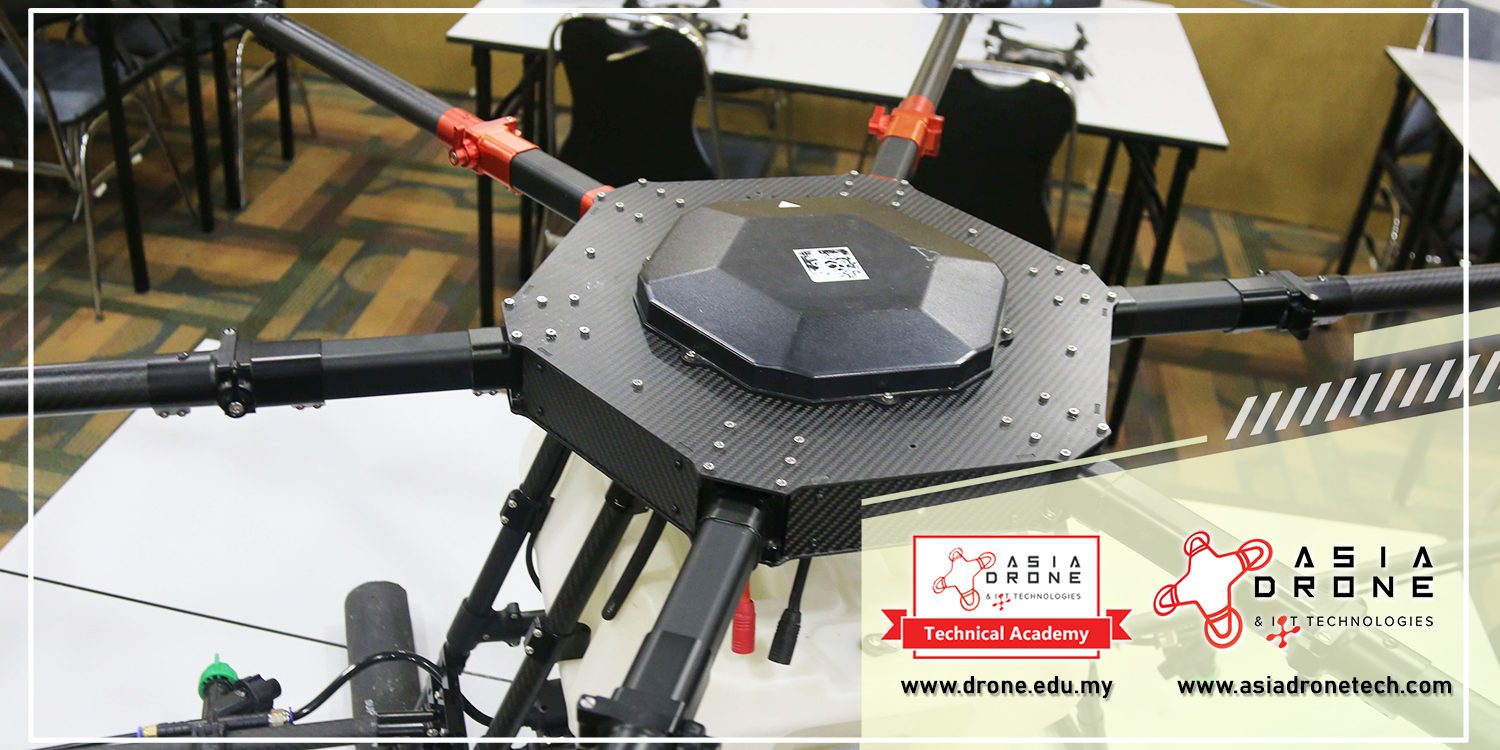There’s some serious innovation happening in the drone arena. While unmanned aerial vehicles, UAVs, and drones might have been seen primarily as a tool of war five years ago, these days they’re far more likely to be flown by a wedding photographer than by an airman.
Improved reliability, user-friendliness and much lower prices have made drones viable technology in the humanitarian sphere. It seems that this year, new ideas of how UAVs can revolutionise humanitarian aid: from delivery drones to drones that aim to detonate landmines have emerged.
Now, edible drones are being developed to further advance humanitarian efforts. Here’s what we know about this addition so far.
Although delivery drones may be proving quite handy, Nigel Gifford believes he has an even better answer. Gifford is Windhorse Aerospace’s chairman and founder and is also part of the team that built solar-powered UAVs for Facebook.
He has introduced an interesting twist to the entire drone delivery game by developing a UAV that is not only able to deliver food and medical supplies but is also partly made of edible materials. That’s right, it’s a drone that can be consumed!
The drone in question is a prototype known only as the Pouncer. It has been created for one-way delivery missions and has been designed with a special lightweight plywood frame. It can essentially be broken down and re-purposed after landing, and its wings are made of edible materials.
Gifford aims to eventually build parts of the drone’s frame as well as even electronics with edible materials too. The designer of the drone had this in mind, which is why the prototype has been developed with a minimum number of electrical components.
The ambitious creator of the Pouncer has experience with the military as well as processed food. He understands how military rations are made, compressed and vacuum-sealed. With this knowledge, Gifford uses aspects of nutrition, logistics and aeronautics for his edible drone prototype as a humanitarian effort to battle hunger.
The Pouncer prototype airframe was recently tested, built out of wood and capable of carrying about 50 kilos of food, ultimately landing within 7 to 10 metres from the target.
He is now focusing on how to maximise the calorie-to-kilo ratio for an efficient payload and create a design that can be immediately understood by people around the world in visual terms, namely what to do with the components: burn wood struts for lighting, eat the payload, use the skin of the aircraft as a tarpaulin for shelter.
Ultimately, Gifford aims to increase the number of edible components and the Pouncer’s capacity to 100 kilos, gradually manufacturing the aircraft cheaply in the United Kingdom.
Hunger is a common issue that follows atrocities and war, with disasters like the 2015 Nepal earthquake leaving people living in mountain villages to wait for emergency food for weeks. Landslides had destroyed the roads and it was not always safe for the country’s limited helicopters to fly where they were needed.
This edible drone development could be a key humanitarian solution for such scenarios.
Gifford and his team are hoping that their drones will help to decrease cost and increase precision in aid delivery, improving on current deliveries facilitated through parachute drops. The food deliveries also need to be culturally and religiously acceptable to those that receive them. In addition to food, the Pouncer could also be used to deliver critical supplies like medical necessities.
If successful, Pouncer will join Zipline, Drones Against Tsetse, and other companies that use drones to fight hunger and disease.
.
Asia Drone IoT Technologies lets you leverage the incredible power of drone technology for career advancements, industry applications, and learning. Find out more about:
Solutions at asiadronetech.com
Recent engagements at our Facebook page
Training programmes at drone.edu.my








